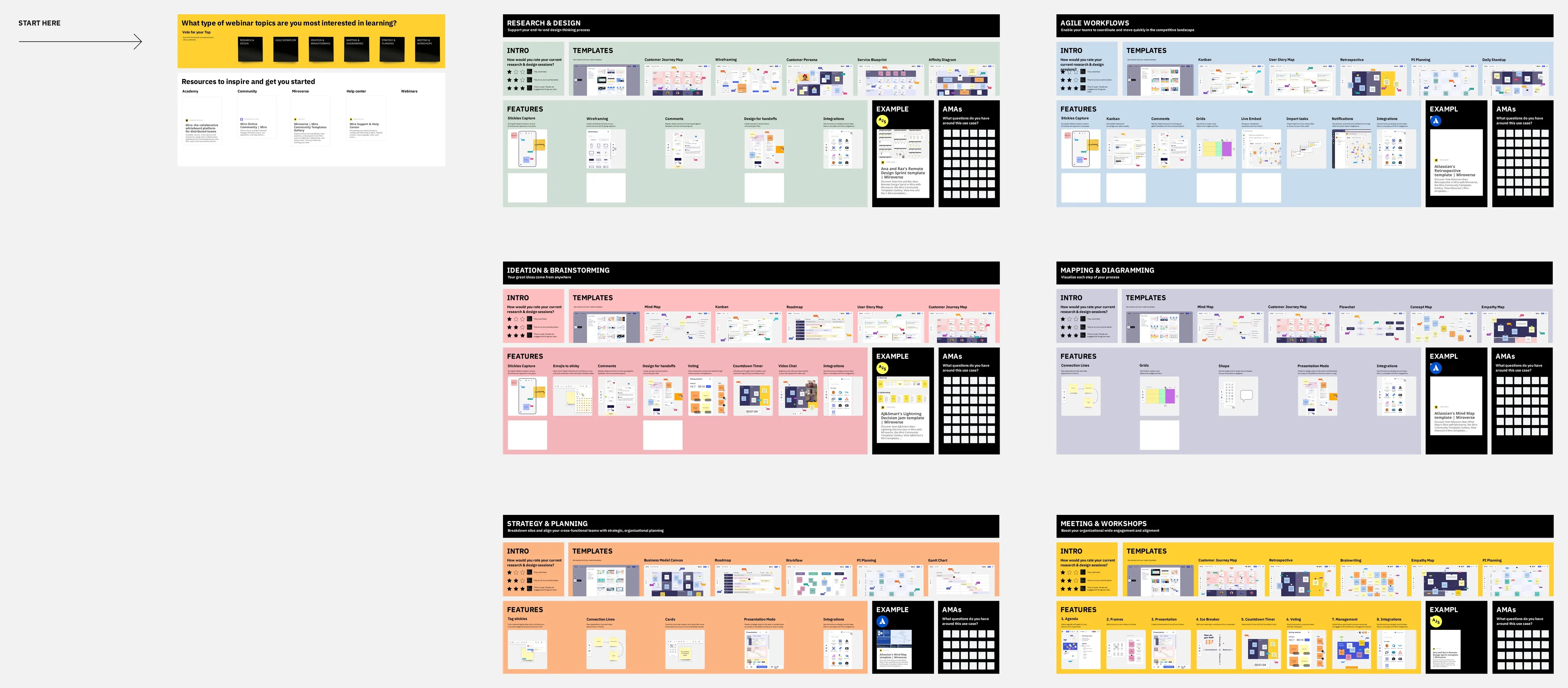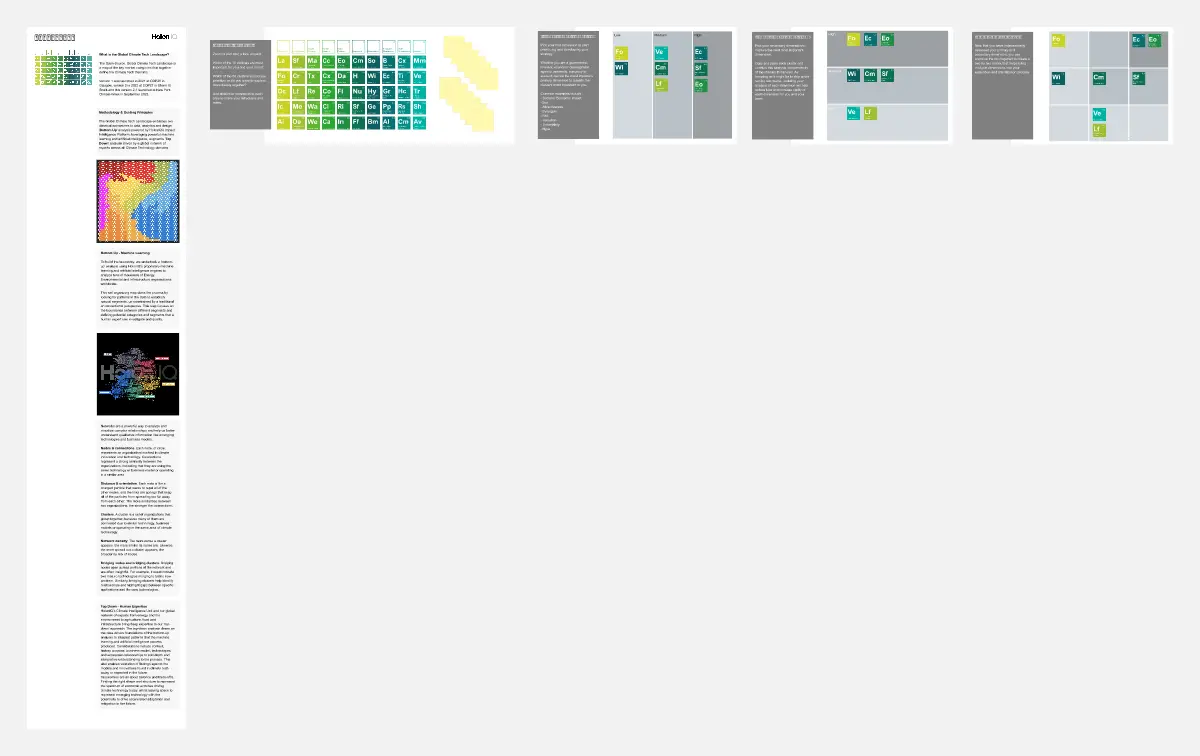Design 4 Truth Project
What it is: This is a collaborative, educational, and generative canvas for designers seeking guidelines on how to design interactions that promote digital information literacy. It presents an ordered collection of frameworks to think and analyze how UX design can affect how information is presented, accessed, shared, and processed.
For whom it is for: Created with both design students and practitioners in mind, this modular canvas suggests theories to analyze user experience strategies and provides definitions, goals, and practical examples of the included strategies.
How to use it: This collaborative canvas is divided into modules and uses diagrams to show information in a clear way. Each module contains a suggested activity and a preliminary phase with relevant background information. This resource is designed to be self-directed and does not require a facilitator. However, it can also be used as a tool for workshops or group discussions on these topics.
Why it is relevant: UX designers help people navigate information, so knowledge of how to design interactions for news content is an important aspect of their skill set. An ethical approach to UX design should promote user autonomy, entice critical thinking, discourage false information, and promote trustworthy engagements.
What is the added value: This canvas provides a structured educational tool for UX designers to develop their skills in designing interactions that promote digital information literacy. It is publicly available and clonable in a popular design platform's templates gallery, Miroverse. Moreover, the modular design and diagram-based approach make the information easy to understand and apply in practice.
What are the limitations: Designing interactions to promote digital information literacy is a big and ongoing challenge. While there is no single solution to all ethical and design issues, the theories and frameworks presented here can provide a starting point for exploration. This canvas is a resource that can complement other learning opportunities for UX designers. It may not be accessible to learners with visual disabilities, who may struggle with the whiteboard tool and diagram-based approach. To address this, we intend to collect this information on an accessible website.
Categories
Similar templates





